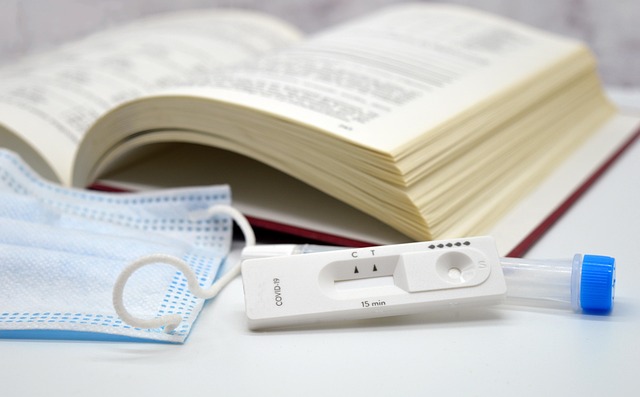In the UK, a simple kidney blood test measuring ferritin levels (20-150 mcg/L for adults) helps diagnose iron deficiency anaemia. Ferritin, an iron storage protein, ensures readily available iron for healthy blood cells. Low ferritin levels signal potential deficiency with symptoms like fatigue and pale skin; high levels may indicate inflammation or chronic disease. This test provides critical health insights for managing iron-related issues.
Ferritin level testing is a crucial tool in diagnosing iron deficiency, a common nutrient deficit affecting many. This article delves into the world of ferritin and its vital role in iron storage within our bodies. We explore the UK kidney blood test, a non-invasive method to assess iron levels accurately. Understanding ferritin levels provides insights into potential deficiencies, guiding appropriate treatment. By interpreting these results, healthcare professionals can effectively manage iron deficiency, ensuring optimal health.
- Understanding Ferritin and Its Role in Iron Storage
- UK Kidney Blood Test for Iron Deficiency Diagnosis: How It Works
- Interpreting Ferritin Levels: What Do the Results Mean?
Understanding Ferritin and Its Role in Iron Storage
Ferritin is a protein that plays a vital role in iron metabolism, acting as a storage molecule for iron within our bodies. It’s like a safe house for iron, keeping it readily available for when we need it most. This essential process is particularly crucial in maintaining healthy blood cells and preventing deficiency.
When you consider a UK Kidney Blood Test, ferritin levels are one of the key indicators to assess. A simple blood test can reveal whether your body has enough ferritin to efficiently store iron, which is especially important for those at risk of iron deficiency anaemia. Understanding ferritin and its function is an essential step in recognising the importance of this test in diagnosing and managing iron-related health issues.
UK Kidney Blood Test for Iron Deficiency Diagnosis: How It Works
In the UK, iron deficiency diagnosis often starts with a simple kidney blood test. This involves drawing a small sample of blood, usually from your arm, to measure ferritin levels. Ferritin is a protein that stores iron in your body; low ferritin levels indicate a potential iron deficiency. The test is quick and non-invasive, making it a straightforward first step for healthcare professionals to assess if further investigation is needed.
The kidney blood test provides valuable insights into your body’s iron status by measuring ferritin concentration. Normal ferritin levels usually range from 12 to 150 micrograms per litre (mcg/L). If your results fall below this range, it could suggest an iron deficiency, prompting additional tests or treatments to address the underlying issue.
Interpreting Ferritin Levels: What Do the Results Mean?
Interpreting Ferritin Levels: What Do the Results Mean?
Ferritin level testing is a crucial step in diagnosing iron deficiency, a common nutritional disorder in the UK. This blood test measures the amount of ferritin, a protein that stores iron in your body, in your bloodstream. Normal ferritin levels typically range between 20-150 micrograms per litre (mcg/L) for adults, but this can vary slightly based on age and gender.
Low ferritin levels suggest that your body does not have enough stored iron, which often indicates iron deficiency. Symptoms like fatigue, pale skin, shortness of breath, and dizziness can accompany low ferritin. Conversely, elevated ferritin levels may point to conditions such as inflammation or chronic disease. It’s important to discuss the results with a healthcare professional who can provide context based on your overall health and symptoms to ensure accurate interpretation.
Ferritin level testing through the UK Kidney Blood Test is a crucial step in diagnosing iron deficiency. By understanding ferritin’s role in iron storage and interpreting test results accurately, healthcare professionals can effectively identify and address iron deficiency, leading to improved overall health and well-being. This simple yet powerful tool enables early intervention and management of a condition that affects millions worldwide.
